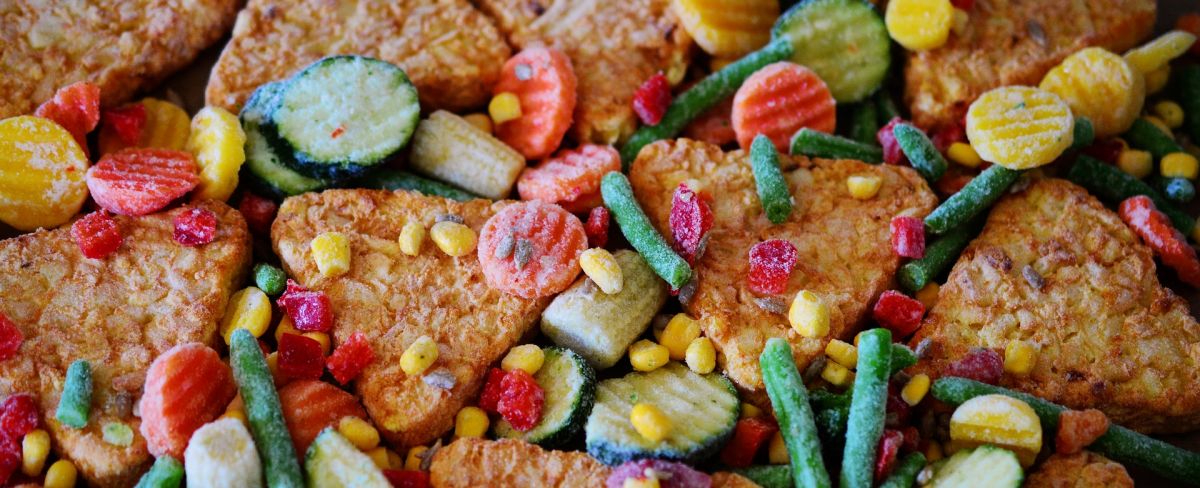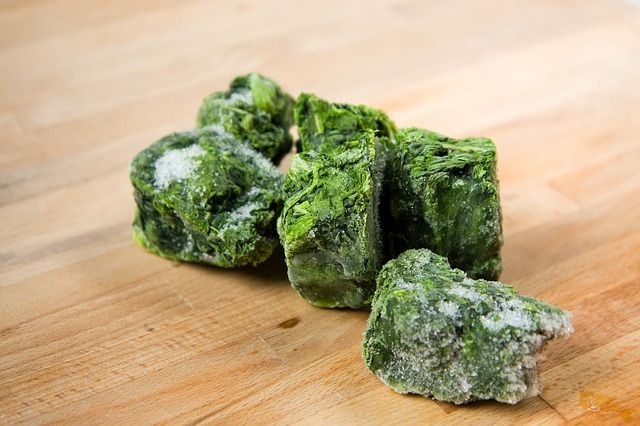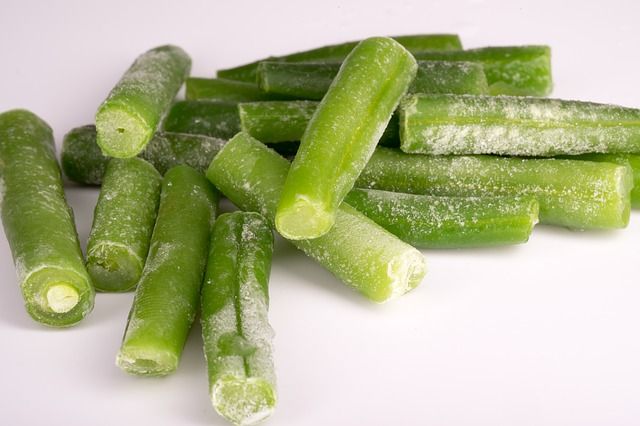Home /
- Blog /
- Frozen and good? What else is there besides frozen fries, frozen cakes, frozen pizza and frozen vegetables!
Frozen and good? What else is there besides frozen fries, frozen cakes, frozen pizza and frozen vegetables!

If you look around the supermarket shelves, you can basically find everything your heart desires. But what if you're too lazy to prepare it all and would rather just quickly eat a magically delicious dish?
There's a solution for that, too. In the frozen food counter, you can find everything from ready-made pizza to fine curry variations. In addition to frozen Bami Goreng, you'll also find the burger patty, of course. Chicken wings and potato wedges, even the chili cheese nuggets may not be missing.
If all this already seems too unhealthy, you can of course resort to various vegetable pans or individual frozen vegetables, even fruit. From spinach to Brussels sprouts to apple red cabbage, everything is here as well. The ready-made smoothie packs or even pineapple, strawberries or mango are also available. Here, however, they must be prepared yourself. However, it has the advantage that every fruit and vegetable can be found regardless of the season.
What about the vitamins?
But especially with fruit and vegetables, the question arises whether and in what form the sensitive vitamins are lost during freezing or not?

It is commonly known that important vitamins are quickly destroyed during cooking. However, this decomposition is not only observed during the cooking process. The natural aging and ripening process of individual vegetables and fruits stored at home also destroys vitamins. However, freezing the food does not. For the process of decomposition of vitamins and nutrients, the organism - in this case the fruit or vegetable - needs water. This water is frozen at temperatures below zero and is thus virtually non-existent. So, if the fruit and vegetables are stored at a temperature of at least minus 20 degrees Celsius, they lose little to no vitamins and nutrients. Only in the case of vegetables that have been previously blanched or possibly even already prepared can the loss be seen. Here, however, not by the freezing and the frozen storage, but by the previous preparation.
The vegetables and fruits that you find on the supermarket shelves as a consumer thus have at least as many vitamins as the freshly bought. Sometimes even more, because most varieties are frozen immediately after harvest and accordingly have not had the opportunity to age at all.
The classics
Germans like to use frozen products from time to time. A survey by the German Frozen Food Institute (DFI) showed that frozen herbs and vegetables are the most popular choices. Beans, broccoli, cauliflower and spinach are probably the most popular over the counter.

In second place comes the frozen fish, both in the pure and raw form, as well as fish sticks, baked fish or in the dish format as a gourmet fillet.
Frozen pizza is in third place. These include the classic Salami, Speziale, Hawaii and Margherita, as well as more exclusive pizzas such as hot dogs, pasta and many more. In fourth place are potato products such as wedges, hash browns and stuffed pockets.
In this sense - in the last place - bon appétit! Just be careful, it is recommended to defrost the things before consumption.